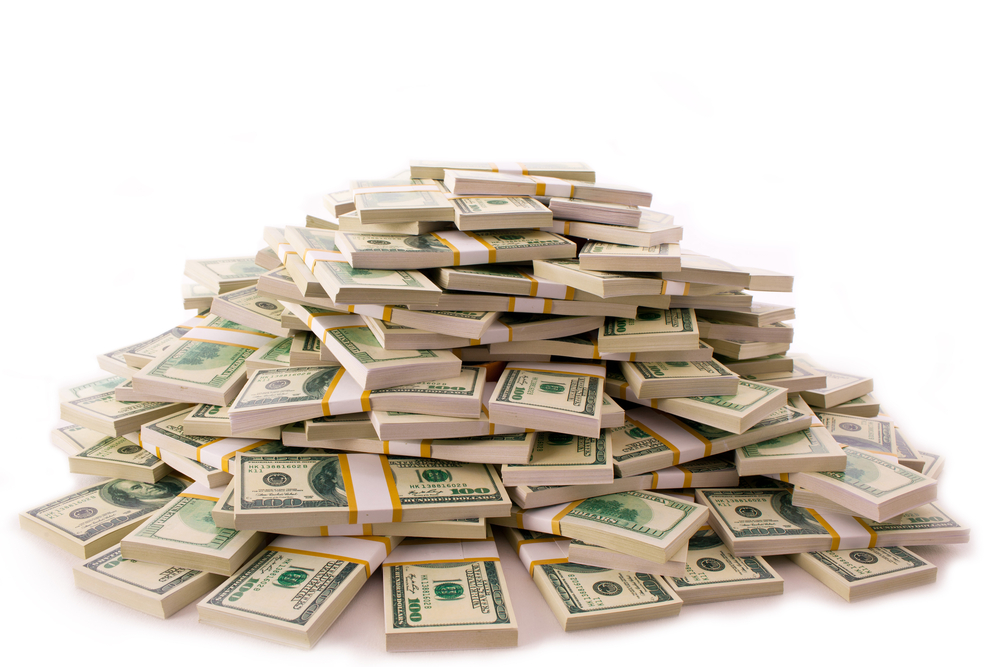When the Federal Reserve released its monetary policy statement last week, there were no surprises — no rate increase, no hint of when to expect an increase and no, well … nothing.
Fed Chair Janet Yellen toed that dovish line in a press conference shortly after the statement was released, not budging an inch.
While this lack of action bolstered the markets, which were already expecting nothing from the Fed, last week’s release actually holds important clues to the Federal Reserve’s inner workings…
Clues that signal the Fed’s next move, as well as signal where we want to be positioned as investors.
You see, every quarter the Fed includes economic projections in its release, such as expectations for gross domestic product (GDP) growth, unemployment, inflation and the fed funds rate. The sole purpose of this data is to provide greater clarity on the Fed’s forward-looking expectations.
What’s more, this data provides us with clues as to what actions the Fed may, or may not, take at its upcoming meetings.
In its latest meeting, I saw a continuation of a pattern that we at The Sovereign Society have followed for some time. It’s a pattern that our investment director, Jeff Opdyke, saw as so important that he shared it with a small group of readers last weekend — and I want to share it with you today.
In short, this pattern tells us that the Fed doesn’t expect to raise rates by any meaningful degree any time soon, critically impacting your ability to generate income for at least another decade. Let me explain…
Falling Expectations
There were two important data points that stood out in the Fed’s recent report: the fed funds rate and GDP growth.
First, the fed funds target rate is falling. The Fed lowered the rate from 1.4% to 0.9% for 2016, confirming expectations that the central bank was scaling back from four potential rate hikes this year to just two — a considerable change from the December meeting not three months prior.
Second, GDP expectations are falling. The Fed releases GDP expectations quarterly, and nearly every projection since the Fed began releasing the data in 2011 has declined:
As you can see, both high-end and low-end GDP growth expectations have fallen off dramatically in the past five years, with top-end growth targets now hovering at just 2.1%.
The takeaway from both of these indicators is that the Fed’s view of the U.S. economy is fading, and it’s dragging interest-rate expectations lower as a result.
Collapsing Fed Confidence
So what do these data points tell us about the Fed? That the central bank is in no position to raise rates at this time.
Furthermore, diminishing GDP expectations have directly undermined the Fed’s prior rate-hike justifications so severely that even raising interest rates as a means of appeasing monetary policy hawks is out of the question.
In order to move forward with its prior plan, the Fed needs stronger evidence that GDP growth isn’t stuck in a downward spiral.
Keep in mind that these data points are long-run expectations, and shouldn’t be changed on a whim by temporary weakness in the global economy, as the Fed attempted to do in last week’s statement.
The U.S. economy is teetering on a weak foundation — a low-wage labor market, a recession in corporate profits and a sluggish U.S. economy — and that’s not an environment in which the Fed wants to raise interest rates.
Unfortunately for you, it means an investing environment where traditional yield assets will remain bleak for at least the next decade as the economy works its way through these challenging times.
In order to overcome this spreading malaise, you need to seek out alternative sources of income.
Profit Options
While the Fed remains trapped with low interest rates — and potentially even negative interest rates — investors are on their own to cobble together sources of steady income from outside the realm of Treasurys, municipal bonds and CDs. The days of earning 5%, 7% or even 10% from these investment vehicles are long gone and aren’t likely to return for an incredibly long time, if ever.
But that doesn’t mean you’re out of luck.
High-yielding stocks will reward you in the long term, but these investments will remain volatile as long as the talking heads at the Fed continue to hold the line on raising rates.
Unique income strategies are your best bet at generating consistent, stable income in this environment. Strategies like the ones I utilize each week in Pure Income — selling options to collect the premiums and produce yields in the double digits on an annual basis. (You can learn more about this incredibly easy income strategy by clicking here.)
It’s these alternative sources of income that will help you thrive during this no-income environment.
Regards,

Chad Shoop
Editor, Pure Income



